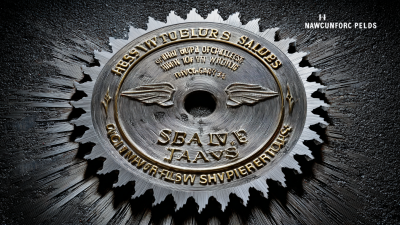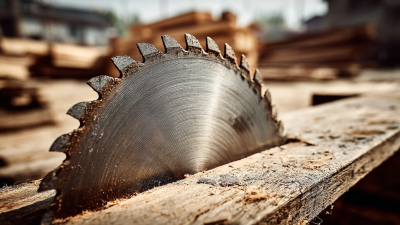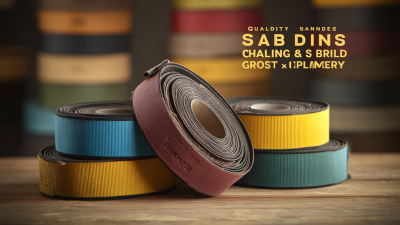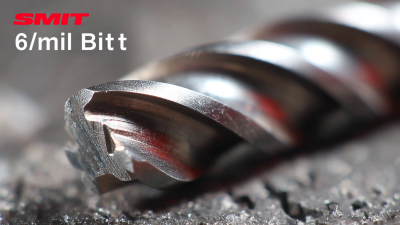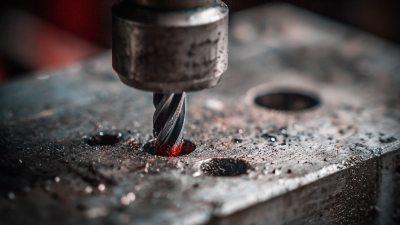FREE SHIPPING ON ALL BUSHNELL PRODUCTS
Leave Your Message
Choosing the right circular saw blade is crucial for any woodworking or construction project, impacting both the quality of your cuts and the efficiency of your work. According to the Woodworking Industry Association, over 70% of professional carpenters cite the importance of selecting the correct blade to avoid costly mistakes and wasted time. With a variety of materials, tooth configurations, and blade sizes available, the decision can be overwhelming for both novices and experts alike. A well-chosen circular saw blade not only enhances the performance of your saw but also increases the lifespan of your tools. In this blog, we will explore seven essential tips to help you navigate the myriad options and find the perfect circular saw blade tailored to your specific project needs.
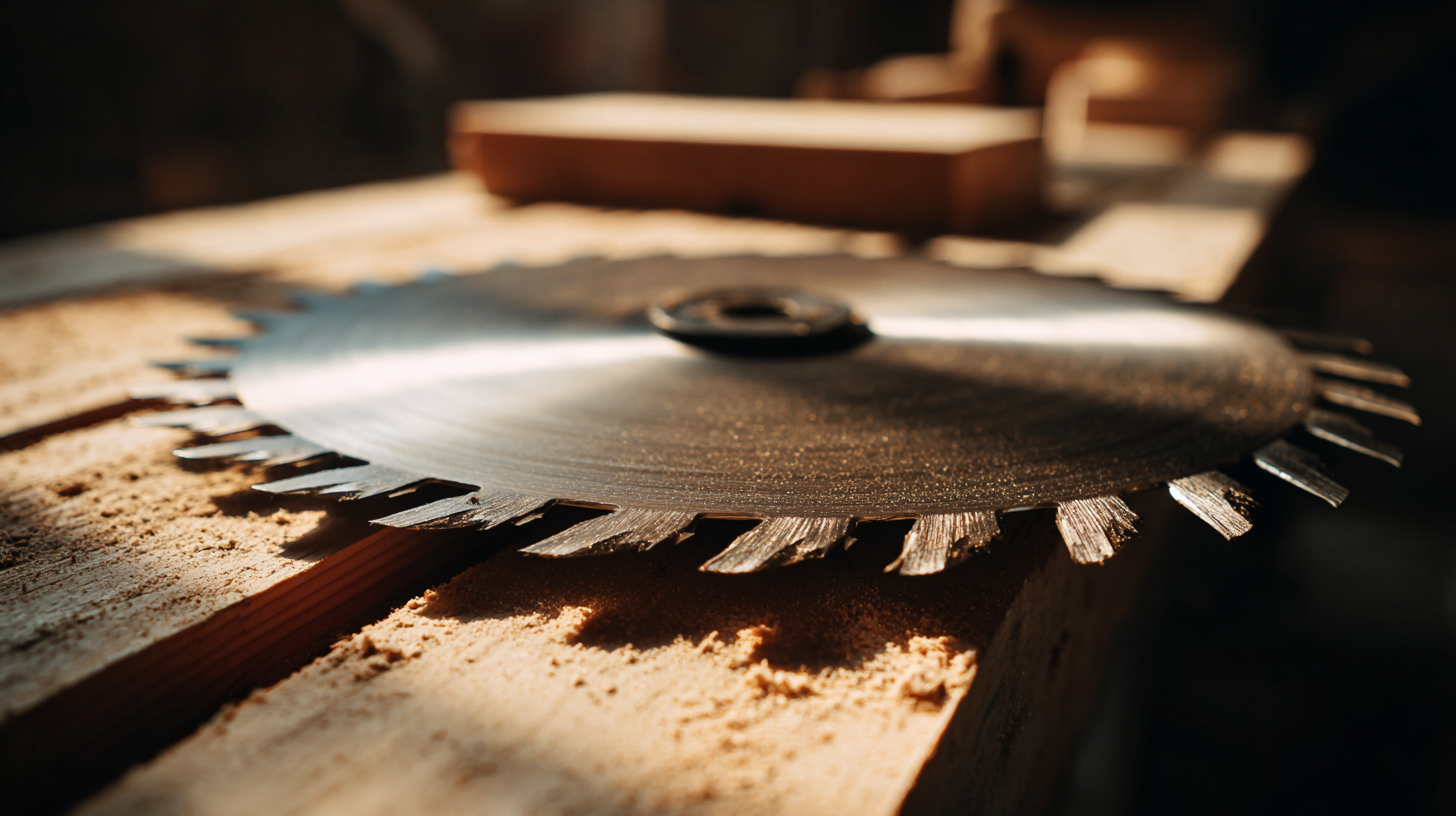
When it comes to selecting the perfect circular saw blade for your woodworking projects, understanding the different blade types is crucial. Carbide-tipped blades are a popular choice due to their durability and ability to maintain a sharp edge longer than other materials. They are ideal for cutting through hard materials such as hardwoods and engineered woods, making them a reliable option for both professional and DIY projects. The carbide tips allow these blades to withstand the heat generated during cutting, providing clean and precise cuts every time.
High-speed steel (HSS) blades, on the other hand, are known for their affordability and versatility. While they may not last as long as carbide-tipped blades, HSS blades can be a great option for softer materials. They are excellent for general-purpose cutting and can handle a variety of tasks, offering good performance for the cost. However, it’s important to remember that HSS blades may require more frequent replacements if used on harder materials.
Specialty blades serve unique purposes and can significantly enhance your cutting efficiency. For instance, plywood blades are designed with a unique tooth geometry to minimize tear-out, providing a smooth finish on laminated surfaces. Similarly, demolition blades are built for rough cutting and can handle nails and other debris, making them perfect for renovation projects. Knowing the distinctions between these blade types allows you to choose the right one tailored to your specific needs, ensuring optimal performance and results in your woodworking endeavors.
Choosing the right blade for your circular saw is crucial for achieving optimal cutting performance, and one of the most important factors to consider is blade size. The diameter of the blade significantly influences not only the speed of the cut but also the overall precision of the finished project. A larger blade typically allows for deeper cuts, making it perfect for thicker materials. Conversely, a smaller blade can provide finer cuts, ideal for intricate work or detailed finishes.
Moreover, blade size impacts the type of work you can undertake with your circular saw. For example, if you are mainly working with plywood or softer woods, a 7-1/4 inch blade can be an excellent choice, as it balances speed with clean cuts. However, if you are tackling denser materials such as hardwoods or laminate, opting for a larger blade with more teeth may be beneficial. The additional teeth help minimize tear-out and provide a smoother finish, showcasing the correlation between blade size and the cut quality. Ultimately, understanding how diameter influences cutting capabilities will help you make an informed decision tailored to your specific projects.
When selecting a circular saw blade, understanding teeth count and geometry is crucial for optimizing performance and achieving clean cuts. The number of teeth on a blade directly influences the quality and speed of the cut; blades with fewer teeth (generally 24-40 teeth) are ideal for ripping wood quickly, while those with higher teeth counts (60-100 teeth) excel in cross-cutting and making cleaner finishes. According to a recent industry report by the Tool & Hardware Manufacturers Association, a blade with 80 teeth can reduce cut roughness significantly, resulting in less time spent on sanding or finishing later.
The geometry of the tooth design also plays a pivotal role in how a blade interacts with different materials. For softwoods, flat-top grind teeth can provide efficient cutting, while alternate top bevel (ATB) designs are more suitable for plywood and laminate materials. A study conducted by Woodworking Network indicated that using the correct tooth shape for the material can enhance cutting speed by up to 30%. Always assess the material type and desired finish when choosing your circular saw blade—these factors are key to achieving the best results on your projects.
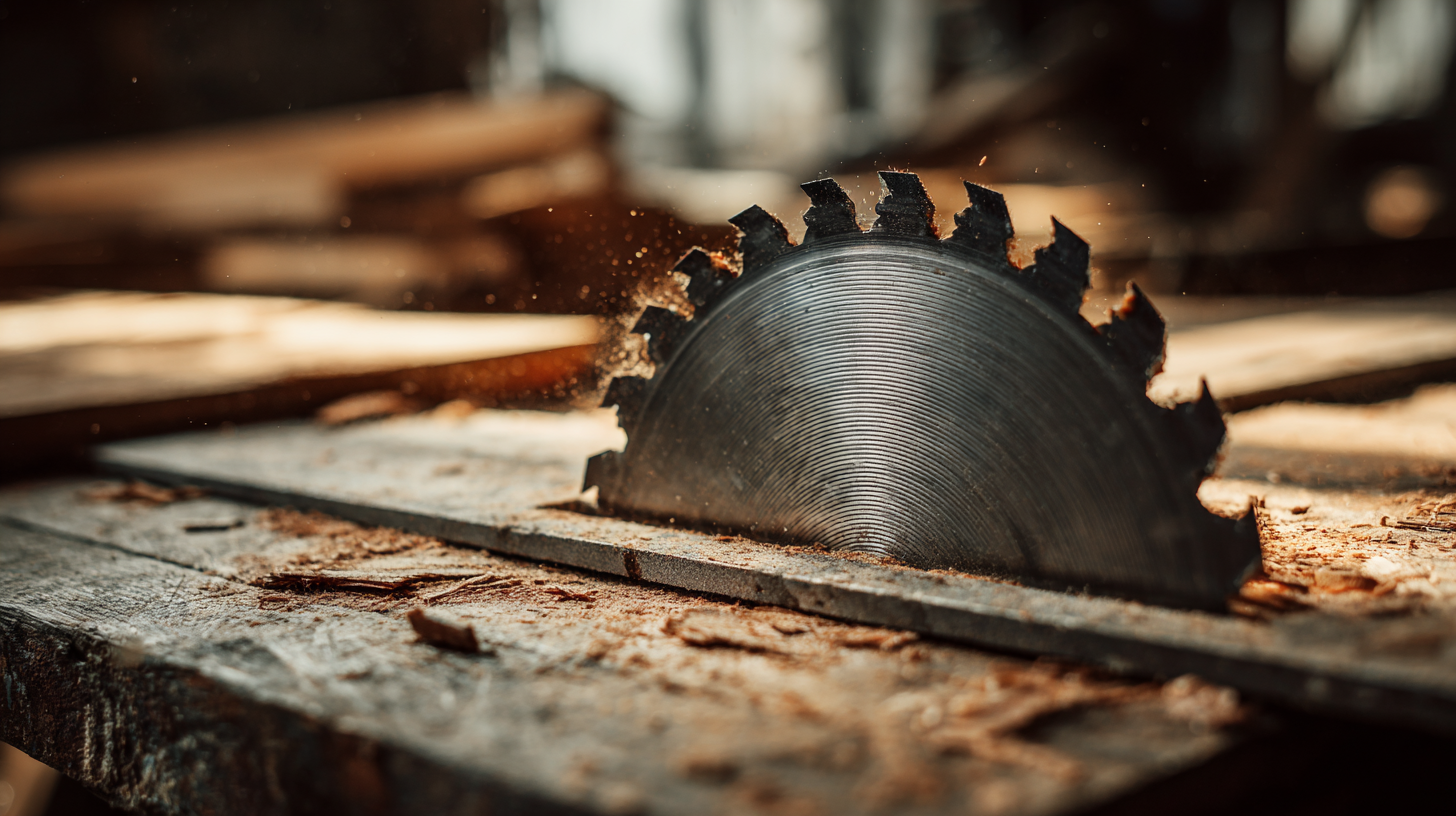
When selecting the right circular saw blade, material compatibility is vital to achieving clean cuts and prolonging the lifespan of both the blade and your workpiece. The blade's design and tooth geometry must match the material you intend to cut. For instance, if you're working with hardwood, choose a blade with fewer teeth for faster cuts, while plywood typically requires a blade with more teeth for a smoother finish. Always confirm that the blade is suitable for the material to avoid excessive wear and potential damage.
Additionally, consider the material of the blade itself. Carbide-tipped blades are ideal for cutting through composite materials or thicker woods, as they can withstand higher temperatures and resist dulling longer than standard steel blades. On the other hand, a high-speed steel blade may be more appropriate for softer woods and less demanding cutting tasks. Remember, using the right blade not only enhances the efficiency of your work but also ensures a safer cutting experience. Adapt your choice of blade to the unique characteristics of your project for the best possible results.
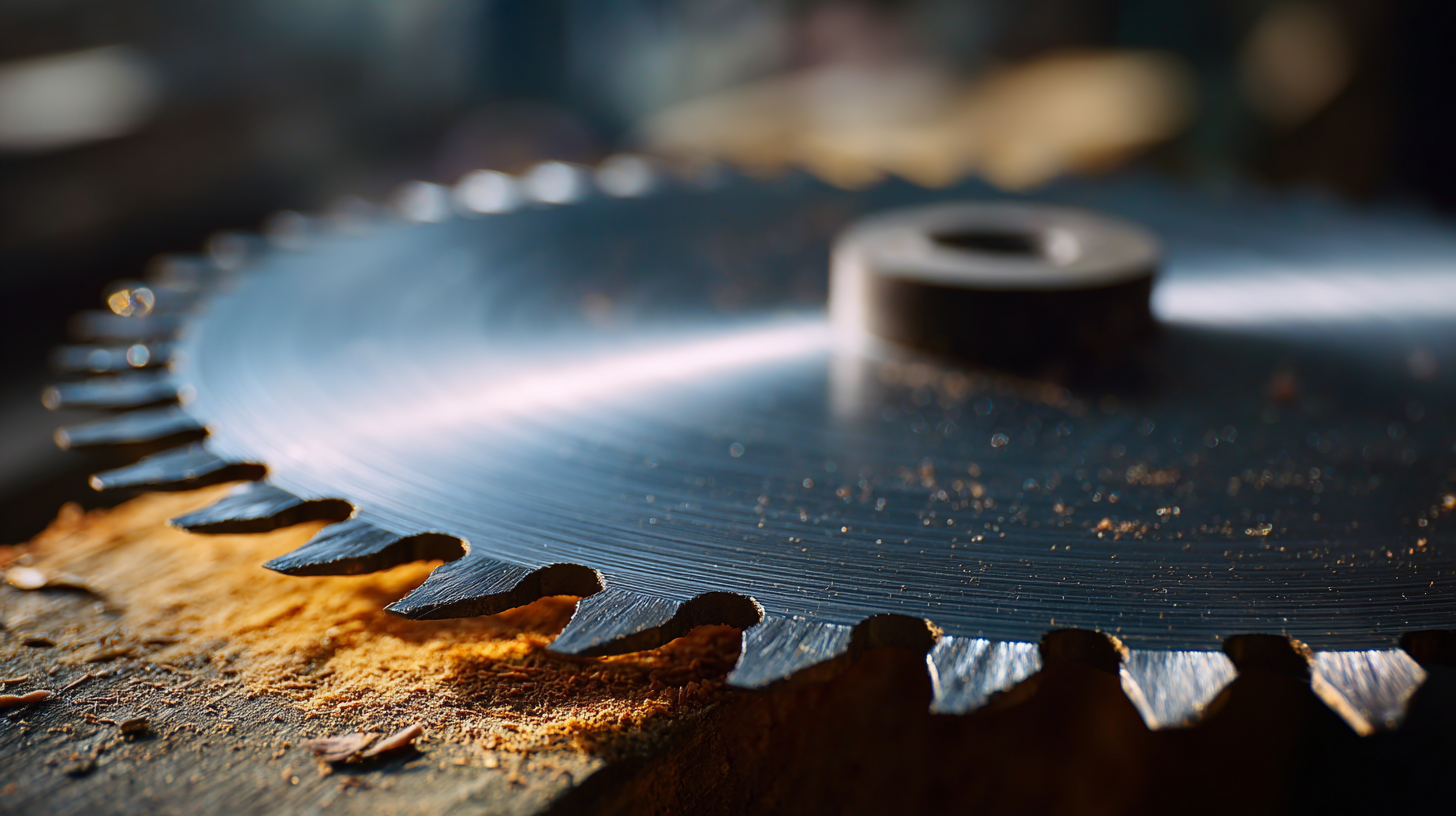
When selecting the perfect circular saw blade for your projects, understanding cutting speed and feed rate is crucial for achieving maximum efficiency and quality. The cutting speed, which refers to the peripheral speed of the blade, directly affects how smoothly and quickly it can slice through materials. A blade designed for higher RPM (Revolutions Per Minute) is ideal for softer materials like plywood, while a slower blade speed works best for denser woods or metals, ensuring clean cuts and reducing the risk of burn marks or damage.
Another key aspect to consider is the feed rate, which is the speed at which the material is fed into the blade. An optimal feed rate balances the cutting speed and the resistance of the material being cut. Too fast of a feed rate can lead to blade binding, while too slow may lead to excessive heat buildup and wear. For best results, choose a blade that matches the feed rate appropriate for the material type—more teeth on the blade generally provide a finer finish but at a slower feed rate, while fewer teeth allow for faster cuts with less precision.
Ultimately, experimenting with different blade types and settings will help you determine the best combination for your specific projects, ensuring a balance between efficiency and the quality of your cuts.

